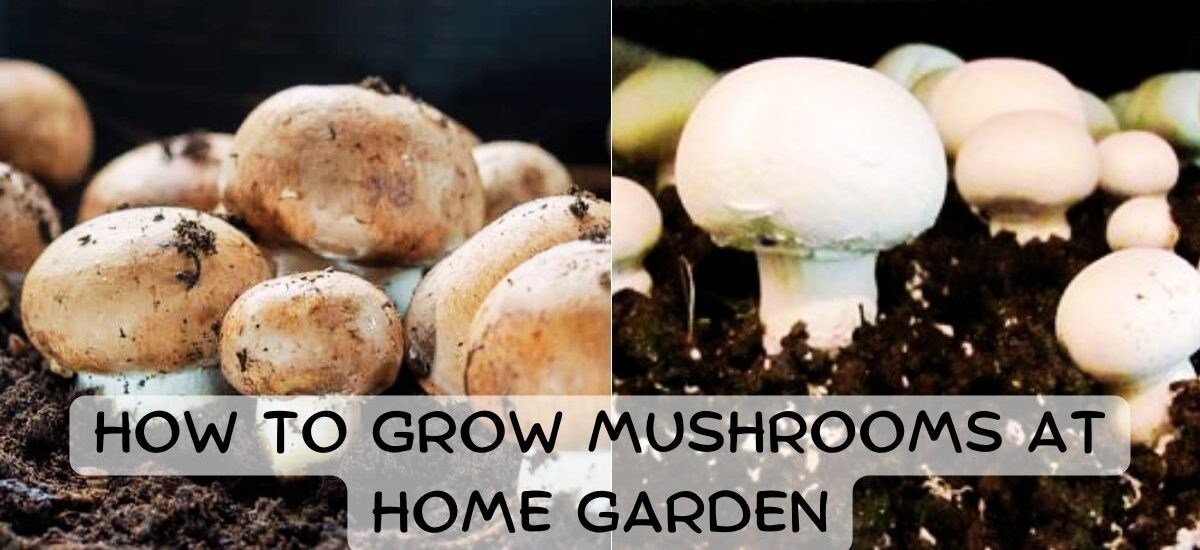Mushroom cultivation at home is an engaging and rewarding hobby that can provide a continuous supply of fresh, flavorful mushrooms. This comprehensive guide will walk you through the entire process, from selecting the right type of mushroom to troubleshooting common issues and enjoying your harvest.
1.Choosing the Right Mushroom Variety
Selecting the right mushroom variety is crucial for successful cultivation. Different mushrooms have different requirements and offer unique flavors and textures. Here are some popular mushroom varieties that are well-suited for home cultivation, each with its own set of characteristics and growth needs.
Button Mushrooms
Button mushrooms (Agaricus bisporus) are one of the most popular and widely cultivated mushrooms. Their mild flavor and versatility make them a great addition to a variety of dishes. Growing button mushrooms at home is relatively straightforward and can be a rewarding experience. This detailed guide will help you successfully cultivate button mushrooms in your home garden.

Oyster Mushrooms
Oyster mushrooms (Pleurotus ostreatus) are a popular choice for home cultivation due to their quick growth, unique flavor, and adaptability to various substrates. They are known for their delicate texture and mild, slightly sweet taste. Here’s a comprehensive guide to growing oyster mushrooms in your home garden.
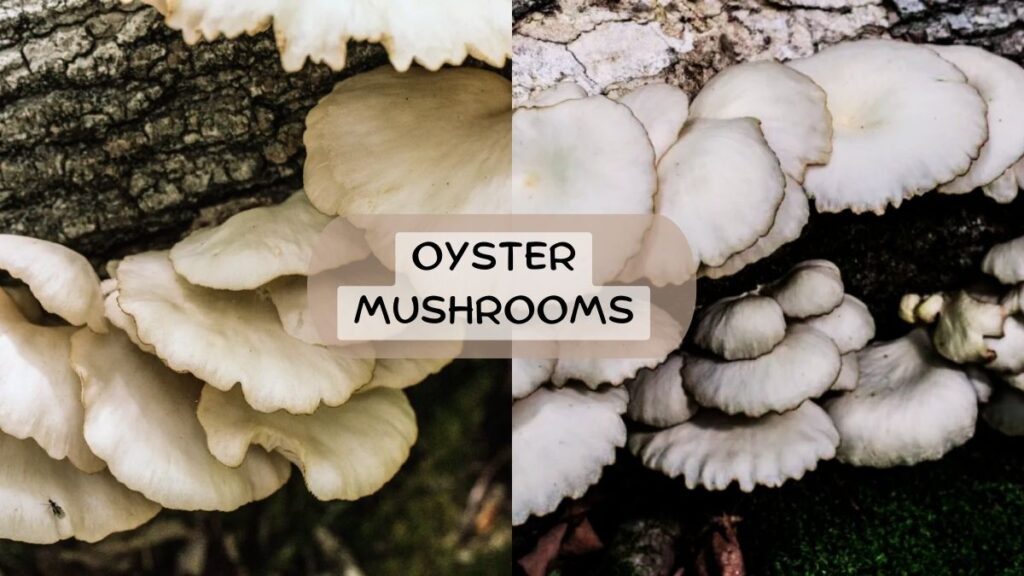
Shiitake Mushrooms
Shiitake mushrooms (Lentinula edodes) are prized for their rich, smoky flavor and firm texture, making them a favorite in many culinary dishes. Although traditionally grown on hardwood logs, shiitake mushrooms can also be cultivated on sawdust blocks, making them accessible for home growers. Here’s a detailed guide to growing shiitake mushrooms in your home garden.
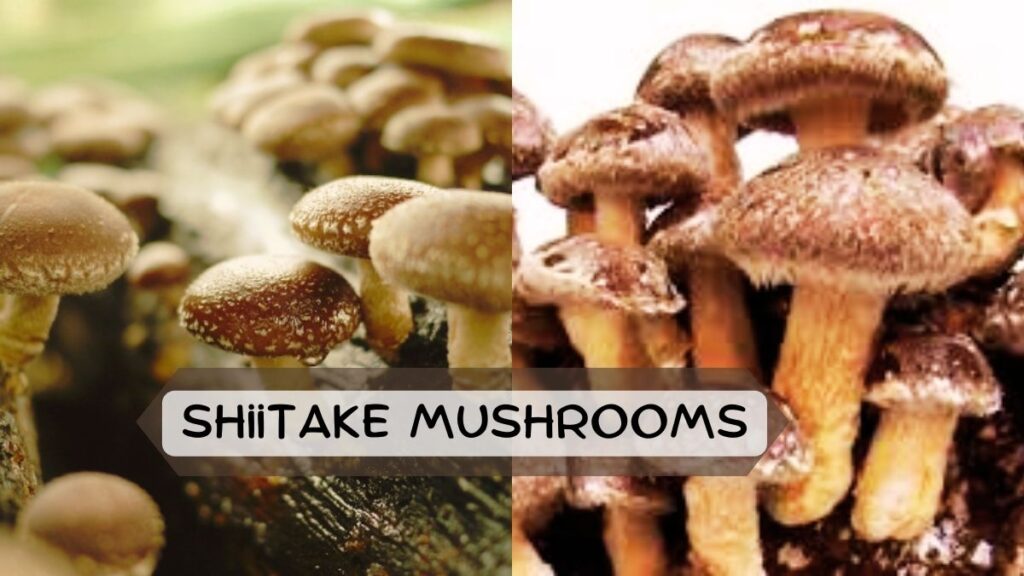
2.Preparing the Growing Medium
Each mushroom variety has specific requirements for its growing medium. Proper preparation ensures optimal growth and yields. Here’s a guide to preparing the growing medium for various popular mushroom types: Button, Oyster and Shiitake.
Button Mushrooms
Composting Manure
To prepare your own compost, mix horse or cow manure with straw and allow it to decompose for a few weeks. Keep the compost moist and turn it regularly to ensure even decomposition.
Pre-Pasteurized Compost
For convenience, you can purchase pre-pasteurized compost designed specifically for growing mushrooms.
Oyster Mushrooms
Oyster mushrooms can be grown on a variety of substrates, including straw, sawdust, and coffee grounds. Straw is the most commonly used substrate for home growers.
Straw Preparation
Chop the straw into small pieces (1-3 inches) to increase the surface area for mycelium colonization. Soak the straw in water for 24 hours to hydrate it.
Shiitake Mushrooms
Hardwood Logs
The traditional method involves using logs from hardwood trees like oak, maple, or beech.
Sawdust Blocks
For a more modern approach, you can use sterilized sawdust blocks, often supplemented with wheat bran or rice bran to provide additional nutrients.
3.Sterilizing the Substrate
Sterilizing the substrate is essential to eliminate any unwanted fungi or bacteria that could compete with your mushrooms. Here’s how to sterilize different substrates:
Composted Manure
Ensure it is well-composted and pasteurized.
Straw or Sawdust
Soak in hot water (at least 160°F) for an hour, then drain and cool before use.
Hardwood Logs
These do not require sterilization but should be freshly cut and allowed to sit for a few weeks before inoculating.
4.Inoculating the Substrate
Inoculation introduces mushroom spores or spawn to the substrate. There are different methods based on the mushroom variety:
Spore Syringe
Suitable for small-scale cultivation. Spores are suspended in a liquid and injected into the substrate.
Grain Spawn
Grains colonized with mycelium are mixed into the substrate. This method is efficient and effective for larger batches.
Plug Spawn
Wooden dowels colonized with mycelium are inserted into holes drilled in logs, ideal for shiitake mushrooms.
5.Incubation
After inoculation, the substrate needs a warm, dark place to allow the mycelium to colonize it fully. Ideal conditions vary slightly by mushroom type but generally include:
Temperature
70-75°F for most varieties.
Darkness
Store the substrate in a dark place to encourage mycelium growth.
Humidity
Maintain moderate humidity to prevent the substrate from drying out.
6.Fruiting Conditions
Once the substrate is fully colonized, it’s time to induce fruiting. This involves creating the right environmental conditions:
Temperature
Lower the temperature to around 55-65°F.
Humidity
Increase humidity to 80-90%. You can achieve this by misting the substrate regularly or using a humidifier.
Light
Provide indirect light for varieties like oyster mushrooms that benefit from some light exposure during fruiting.
7.Harvesting
Harvest mushrooms when they reach the desired size. Here’s how to harvest different varieties:
Button Mushrooms
Harvest when the caps are still closed, just before they open.
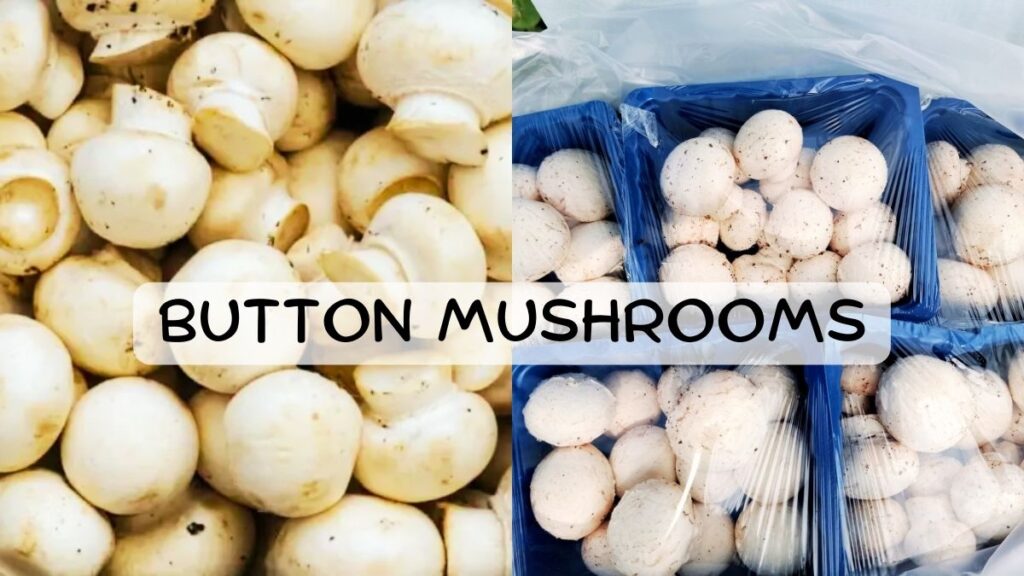
Oyster Mushrooms
Pick when the caps begin to flatten out.
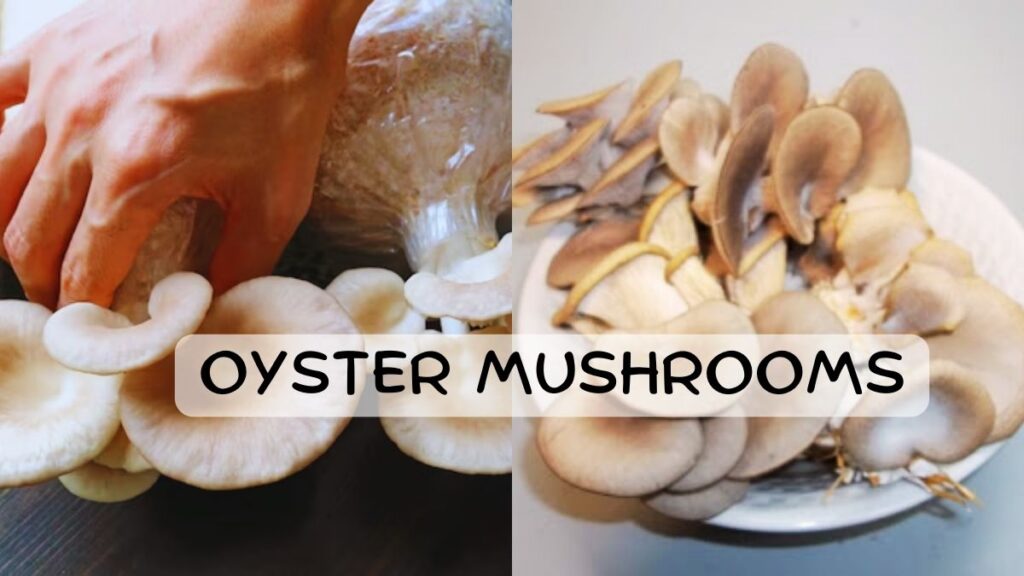
Shiitake Mushrooms
Harvest when the caps are fully opened but before they begin to curl up.

Use a sharp knife to cut the mushrooms at the base to avoid damaging the mycelium.
8.Troubleshooting Common Issues
Even with careful planning, you may encounter some issues. Here are common problems and solutions:
Contamination
Mold or other unwanted fungi can appear. Ensure all equipment is sterilized and handle the substrate with clean hands.
Poor Mycelium Growth
This could be due to incorrect temperature or humidity. Double-check and adjust the environmental conditions.
No Fruiting
Insufficient light, incorrect temperature, or low humidity can prevent fruiting. Ensure the conditions are suitable for the mushroom variety.
Small or Deformed Mushrooms
This may result from a lack of nutrients or improper conditions. Make sure the substrate is nutrient-rich and the environment is well-maintained.


